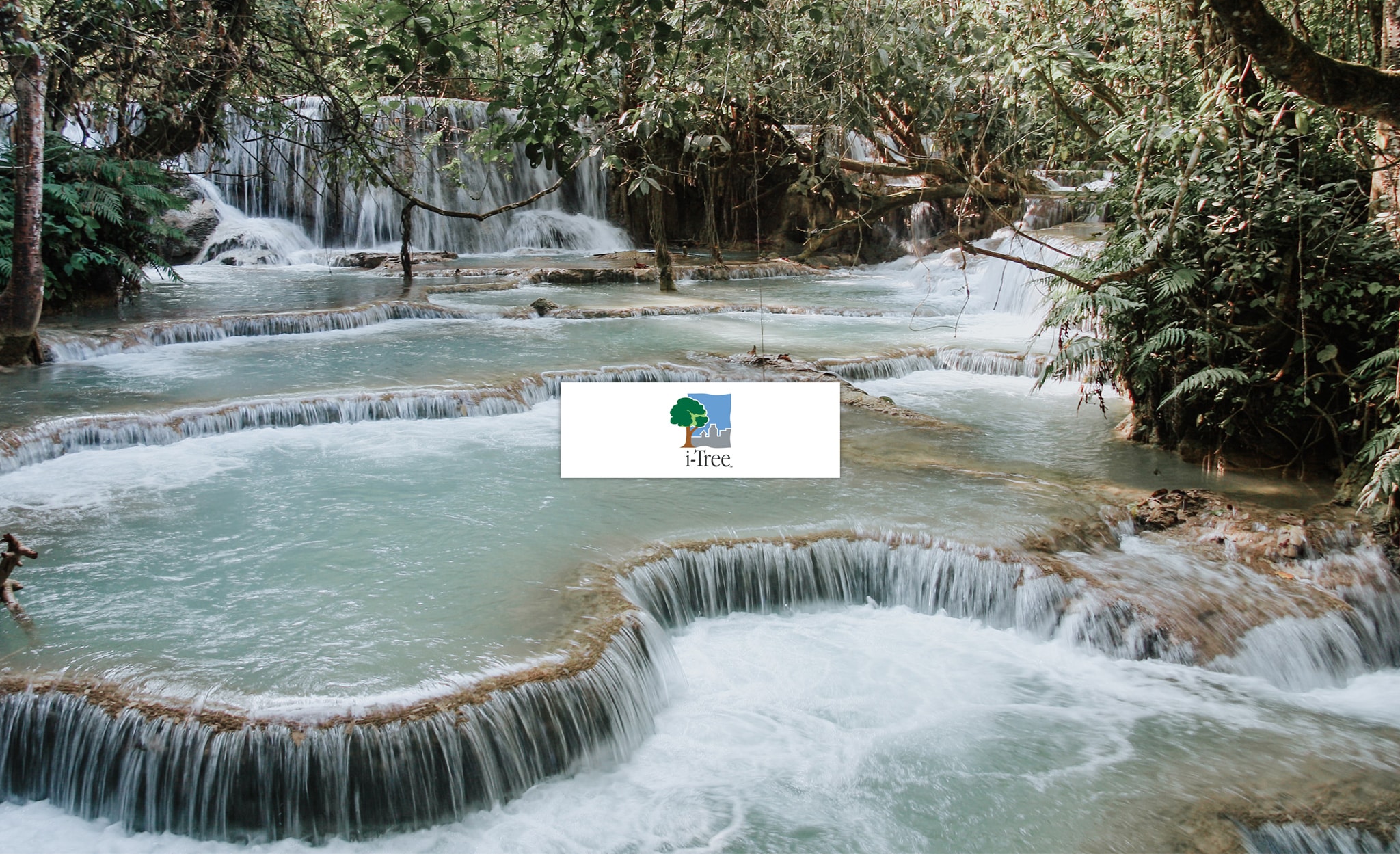Developed by: USDA Forest Service
Launched in 2006; Updated in 2019
Why Use the Tool
i-Tree Hydro Version 6—part of the i-Tree Suite—is a flexible tool for users interested in comparative analyses of different land cover scenarios and their hydrological impacts at various scales. Hydro is a stand-alone desktop application designed to simulate the effects of changes in urban tree cover and impervious surfaces on the hydrological cycle, including streamflow and water quality, for watershed and non-watershed areas. It is the first vegetation-specific urban hydrology model, developed to model urban vegetation effects so natural resource managers and urban planners can quantify the impacts of changes in tree and impervious cover on local hydrology to aid in management and planning decisions.
Recommended Tool
Dave Nowak, USDA Forest Service Senior Research Scientist: dnowak@fs.fed.us
Scott Maco, Director of Research and Development, Davey Expert Tree Co. : scott.maco@davey.com
General: info@itreetools.org
Input Data Required
Need to input location, simulation period, and land-cover data (may be from i-Tree Canopy, national land cover data, or other source)
Outputs
Executive summary report, which quantifies impacts trees on hydrology; report can be exported as graphs and tables
Past Use Cases
Assessment in Dekalb County, GA, among others. Read more here.
Case Study
Green Infrastructure Benefits in Little Rock, Arkansas
The city of Little Rock, Arkansas used i-Tree Hydro to understand the effects of its nearby/peri-urban forest on the Rock Creek watershed. Pine forests once covered the area, but development greatly reduced the amount of permeable surfaces and altered the water quality of Rock Creek.
A team of researchers used i-Tree Hydro to calculate the baseline water quality and quantity of the creek and to predict quality and quantity under various theoretical management scenarios.
The team determined that increasing the tree cover of the watershed from 32% to 42% could reduce stormwater runoff by about 2% and pollution loading by about 2.5%. They also determined that decreasing the amount of impermeable surfaces (e.g., pavement) could reduce runoff and pollution loading even further. i-Tree Hydro can be useful not only to city officials interested in making the case for urban forests, but for all green infrastructure.

Source: Kuehler, E. & Erwin, P. (2015). Rock Creek Watershed Stormwater Runoff Analysis I-Tree Hydro Report. Presented at the 17th Annual EPA Region 6 Stormwater Conference, Hot Springs, AR.
Supporting Partners: Davey Tree Expert Company, Arbor Day Foundation, Society of Municipal Arborists, International Society of Arboriculture, Casey Trees, and SUNY College of Environmental Science and Forestry
Additional Guidance:











